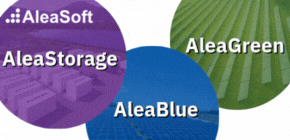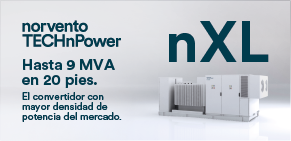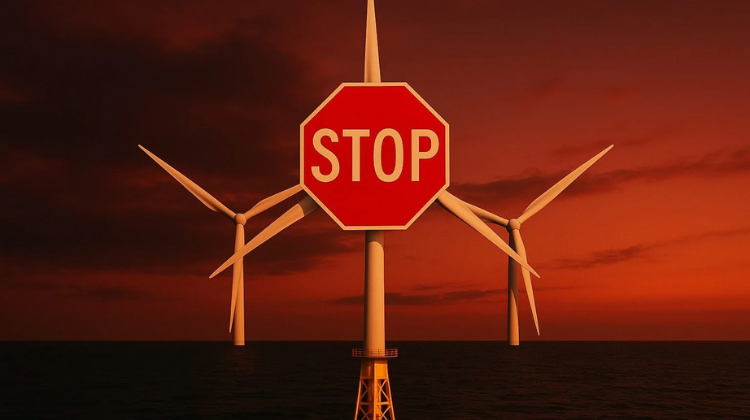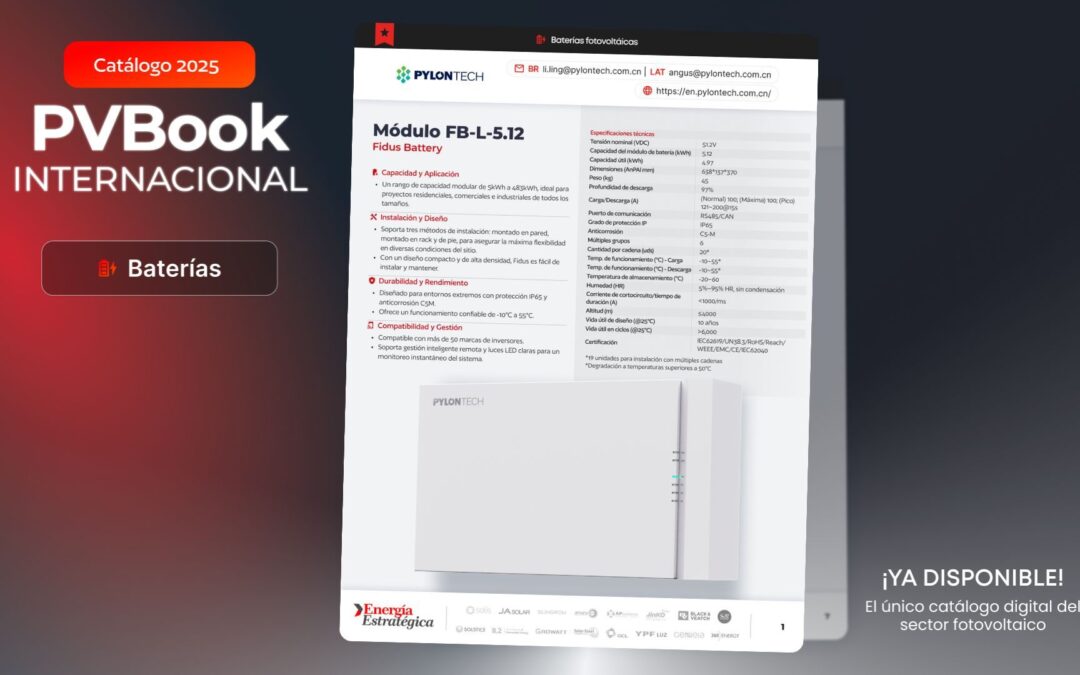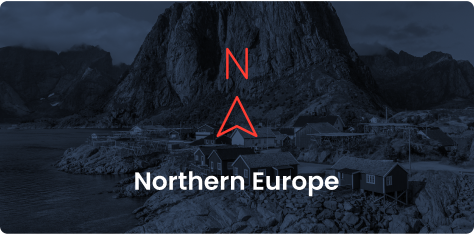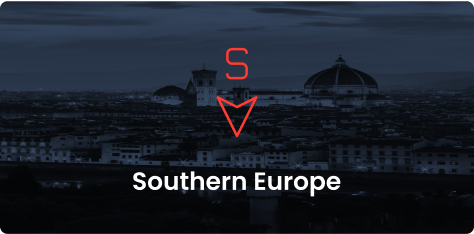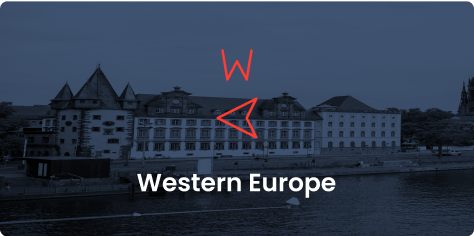The energy transition is advancing in Europe, but not without challenges. FES Iberia 2025 brought together leading players in the renewable sector to discuss strategies and business models in the face of falling energy prices, grid access saturation, and the pressure to improve asset profitability. In this context, IGNIS presented its strategy to remain competitive in the Iberian solar market.
During Panel 3: Constructive Innovation – EPC Contractors, Developers and Leading Manufacturers Driving Renewable Growth in Ibero-America, Ramón Cidón, Development Director at IGNIS, outlined the company’s approach to this complex scenario.
“We are investing in solutions that enhance the efficiency of our assets, reduce price volatility, and contribute to a more rational, sustainable and flexible use of energy,” says Cidón.
The company currently operates 1.5 gigawatts of solar capacity, mainly in Spain, with an additional 400 megawatts under construction. However, faced with falling prices and the cannibalisation of solar plants during peak generation hours, IGNIS has made a strategic decision: to prioritise the economic return per megawatt over the sheer volume of new installations.
“We are shifting from volume to value. It’s no longer about installing more megawatts but about maximising the return of each one,” the executive explains.
Hybridisation and storage at the core of the new strategy
To achieve this goal, the company is focused on optimising already granted grid access points, betting on hybridising solar plants with wind power and battery storage.
“Our grid access points are only operational for about 20% of the year, roughly 2,000 hours. The rest of the time, those points are underutilised. Hybridisation allows us to leverage that resource and add flexibility to the system,” Cidón points out.
IGNIS is developing a one-gigawatt portfolio of wind projects, processed as hybridisations of existing solar assets. Additionally, the company is implementing a robust storage plan: in Portugal, it operates a 140-megawatt solar plant in the south of the country, where it has installed the first large-scale battery in mainland Portugal, with 5 megawatts of capacity and 4 hours of storage.
“This battery has allowed us to reduce CAPEX by 20% compared to last year, proving that storage is now reaching a cost curve similar to solar’s early years,” Cidón highlights.
The expansion plan includes another 55 megawatts of batteries at the same site, with commissioning expected by the end of the year. “Portugal is showing greater agility in permitting, something we unfortunately don’t see in Spain,” the executive adds.
In Spain, IGNIS is working on a portfolio of more than 100 megawatts of storage, always under the hybridisation model to avoid new grid connection procedures.
Regulatory barriers: the great challenge
One of the recurring topics at FES Iberia 2025 was the administrative saturation and delays in obtaining permits. IGNIS is not exempt from this issue.
“We are seeing an overwhelmed administration, with too many projects in process, which delays permits and creates uncertainty,” warns Cidón.
The executive especially criticises the need to repeat environmental assessments to install batteries within the same perimeter of already approved solar plants. “If you’ve already completed the environmental assessment of a solar project, it makes no sense to have to redo it just because you add storage in the same location,” he stresses.
IGNIS’s commitment is clear: technological diversification, hybridisation, and storage to maximise the profitability of renewable assets.
“Every electron we generate must have the highest possible value. That is our priority: to optimise the economic return in an increasingly competitive market,” concludes Cidón.
Watch the full panel on Future Energy Summit’s YouTube channel:










